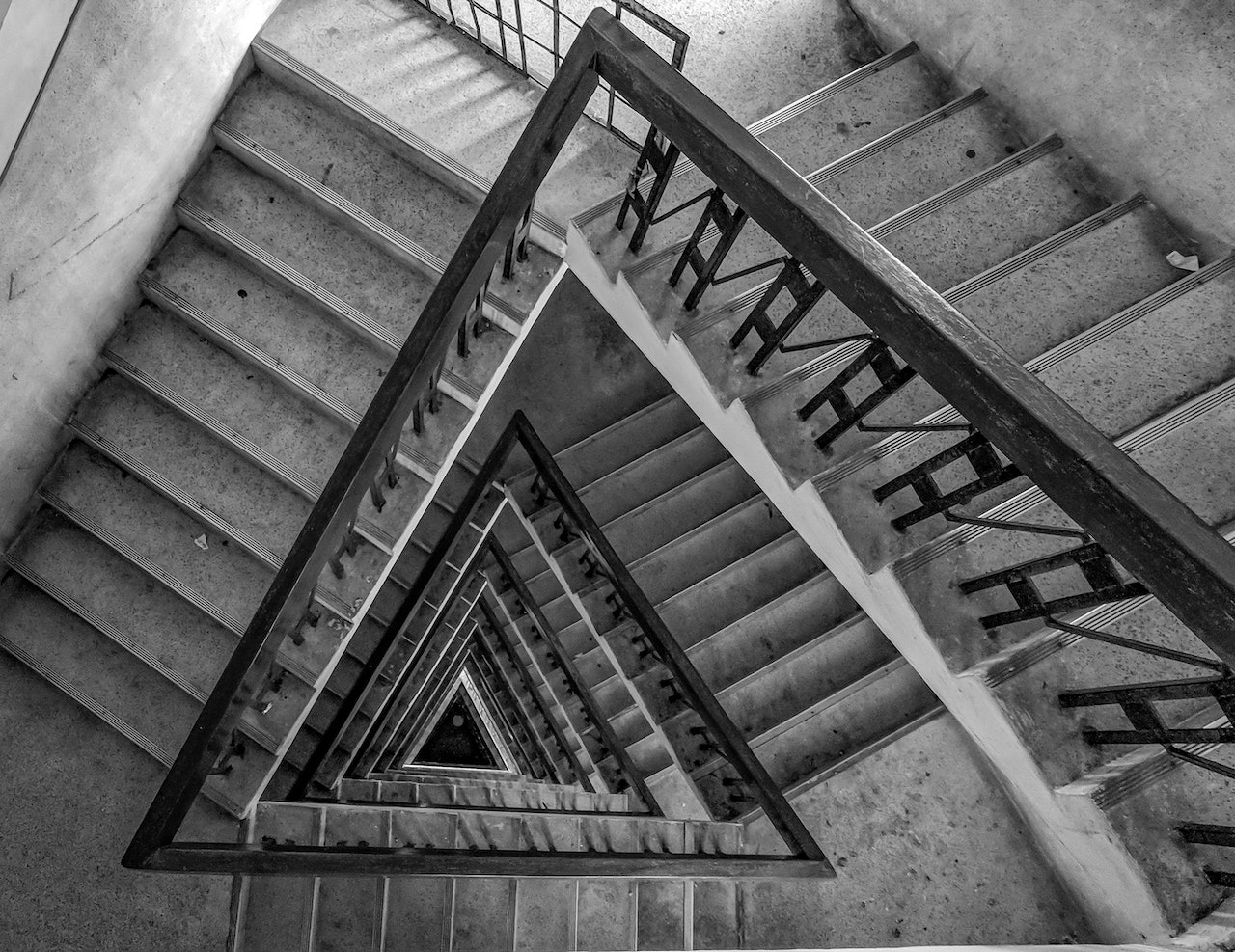Examining The Significance Of Acoustics In Architectural Design - From Echoes To Harmony
In the field of architectural design, it is important to examining the significance of acoustics in architectural design and how they can impact the function, aesthetics, health, safety, and energy efficiency of a building.
Author:George EvansMar 20, 20237.8K Shares390.4K Views

In the field of architectural design, it is important to examining the significance of acoustics in architectural designand how they can impact the function, aesthetics, health, safety, and energy efficiency of a building.
Architecture is a field that involves designing and constructing buildings and other physical structures. While many elements are considered in architectural design, acoustics play a significant role in the success of a building.
Acoustics refers to the sound properties of space, including the way sound travels and is reflected, absorbed, or diffused. In this article, we will examine the significance of acoustics in architectural design, exploring how they affect the function, aesthetics, and overall success of a building.
Examining The Significance Of Acoustics In Architectural Design
Acoustics has been a critical component of an architecture for thousands of years. Ancient civilizations, such as the Greeks and Romans, used acoustic principles to design amphitheaters and other performance spaces that could accommodate large crowds without the use of modern technology.
Over time, the study of acoustics has become more scientific, with researchers using advanced tools and techniques to measure and analyze sound properties.
Acoustics in architectural design are important because they determine how sound behaves within a space.
When designing a building, architects must consider how sound will travel within the building, how it will be reflected or absorbed by various surfaces, and how it will affect the occupants of the building. These factors can influence the building's function, aesthetics, and overall success.
Factors That Affect Acoustics In Architecture
Several factors can influence the acoustics of a building. These include:
Size And Shape Of The Space
The size and shape of a space can have a significant impact on its acoustics. A large, open space with high ceilings will have different sound properties than a small, enclosed room. Similarly, a space with curved walls will reflect sound differently than a space with flat walls.
Material Surfaces
The surface materials used in a building can also affect its acoustics. Hard, reflective surfaces, such as concrete or glass, will reflect sounds more than soft, absorbent surfaces, such as carpets or curtains. The type of flooring, ceiling, and wall materials used can all impact the sound quality of a space.
Occupancy
The number of people occupying space can also influence its acoustics. A crowded room will have different sound properties than an empty one.
The activities taking place in the space can also impact the acoustics. For example, a space used for a music performance will have different requirements than a space used for speech.
System Design
The mechanical systems in a building, such as heating, ventilation, and air conditioning, can also impact its acoustics. These systems can generate noise that can interfere with the sound quality of a space.
The Significance Of Acoustics In Architectural Design
Acoustics play a significant role in the success of a building. Here are some reasons why:
Function
The function of a building can be greatly impacted by its acoustics. For example, a performance space that doesn't have proper acoustics can make it difficult for performers to hear themselves and for the audience to hear the performance.
Similarly, a classroom with poor acoustics can make it difficult for students to hear the teacher and understand the material. In contrast, a building with good acoustics can enhance its function and make it more enjoyable for its occupants.
Aesthetics
Acoustics can also impact the aesthetics of a building. For example, a large, empty room with poor acoustics can feel cavernous and uninviting. In contrast, a space with good acoustics can feel warm and welcoming.
The type of surface materials used can also impact the aesthetics of a space. For example, a room with exposed concrete walls and floors can feel cold and industrial, while a space with wood paneling and carpet can feel warm and cozy.
Health And Safety
Acoustics can also impact the health and safety of a building's occupants. A building with poor acoustics can lead to increased levels of noise pollution, which can be detrimental to people's health.
High levels of noise can lead to hearing loss, stress, and other health problems. In addition, poor acoustics can make it difficult to communicate important information, such as emergency announcements or safety instructions.
Energy Efficiency
Acoustics can also impact the energy efficiency of a building. A space with poor acoustics may require more energy to heat and cool because of the need to compensate for sound transmission through walls and windows.
On the other hand, a building with good acoustics can help to reduce energy consumption by allowing for more natural light and ventilation.
Acoustic Design Strategies
To achieve good acoustics in architectural design, several strategies can be employed. Here are some examples:
Room Shape And Size
The shape and size of a room can be designed to optimize acoustics. For example, a room with a curved ceiling can help to distribute sound evenly throughout the space. Similarly, a room with a high ceiling can help to create a sense of spaciousness while also allowing for better sound quality.
Surface Materials
The surface materials used in a building can also be chosen to optimize acoustics. Soft, absorbent materials like carpet, curtains, and upholstery can help to absorb sound and reduce echo. Similarly, acoustic tiles or panels can be used on walls and ceilings to help control sound.
Sound Masking
Sound masking is a technique that involves introducing a low-level background noise to mask unwanted sounds. This technique can be particularly useful in spaces where privacyis important, such as office cubicles or medical exam rooms.

Architectural Acoustics | Engineering Systems
Mechanical Systems
The mechanical systems used in a building can also be designed to optimize acoustics. For example, heating, ventilation, and air conditioning systems can be designed to reduce noise levels. Similarly, sound-attenuating ductwork can be used to reduce the transmission of sound through air ducts.
People Also Ask
What Is The Impact Of Poor Acoustics On Human Health?
Poor acoustics can lead to increased levels of noise pollution, which can be detrimental to people's health, including hearing loss, stress, and other health problems.
How Can Acoustics Impact The Energy Efficiency Of A Building?
A space with poor acoustics may require more energy to heat and cool because of the need to compensate for sound transmission through walls and windows. On the other hand, a building with good acoustics can help to reduce energy consumption by allowing for more natural light and ventilation.
How Can Architects Design Buildings That Have Optimal Acoustics For Their Intended Use?
By considering factors such as room size and shape, surface materials, and mechanical systems, architects can design buildings that have optimal acoustics for their intended use.
How Might Advances In Technology Impact The Role Of Acoustics In Architectural Design?
As technology continues to advance, our understanding of acoustics and their role in architectural design will likely continue to evolve, leading to even more innovative and successful building designs.
Conclusion
Examining the significance of acoustics in architectural design is crucial for better acoustics. Good acoustics can enhance the function, aesthetics, health, safety, and energy efficiency of a building.
By considering factors such as room size and shape, surface materials, and mechanical systems, architects can design buildings that have optimal acoustics for their intended use.
As technology continues to advance, our understanding of acoustics and their role in architectural design will likely continue to evolve, leading to even more innovative and successful building designs.

George Evans
Author
George Anderson, an exceptional architectural designer, envisions and brings to life structures that transcend the realm of imagination. With an unwavering passion for design and an innate eye for detail, George seamlessly blends form and function, creating immersive spaces that inspire awe.
Driven by a deep appreciation for the interplay of space, light, and materials, George's innovative approach redefines the possibilities of architectural design. His visionary compositions leave an indelible mark, evoking a sense of wonder and transforming the built environment.
George Anderson's transformative designs and unwavering dedication continue to shape the architectural landscape, pushing the boundaries of what is possible and inspiring generations to come.
Latest Articles
Popular Articles
